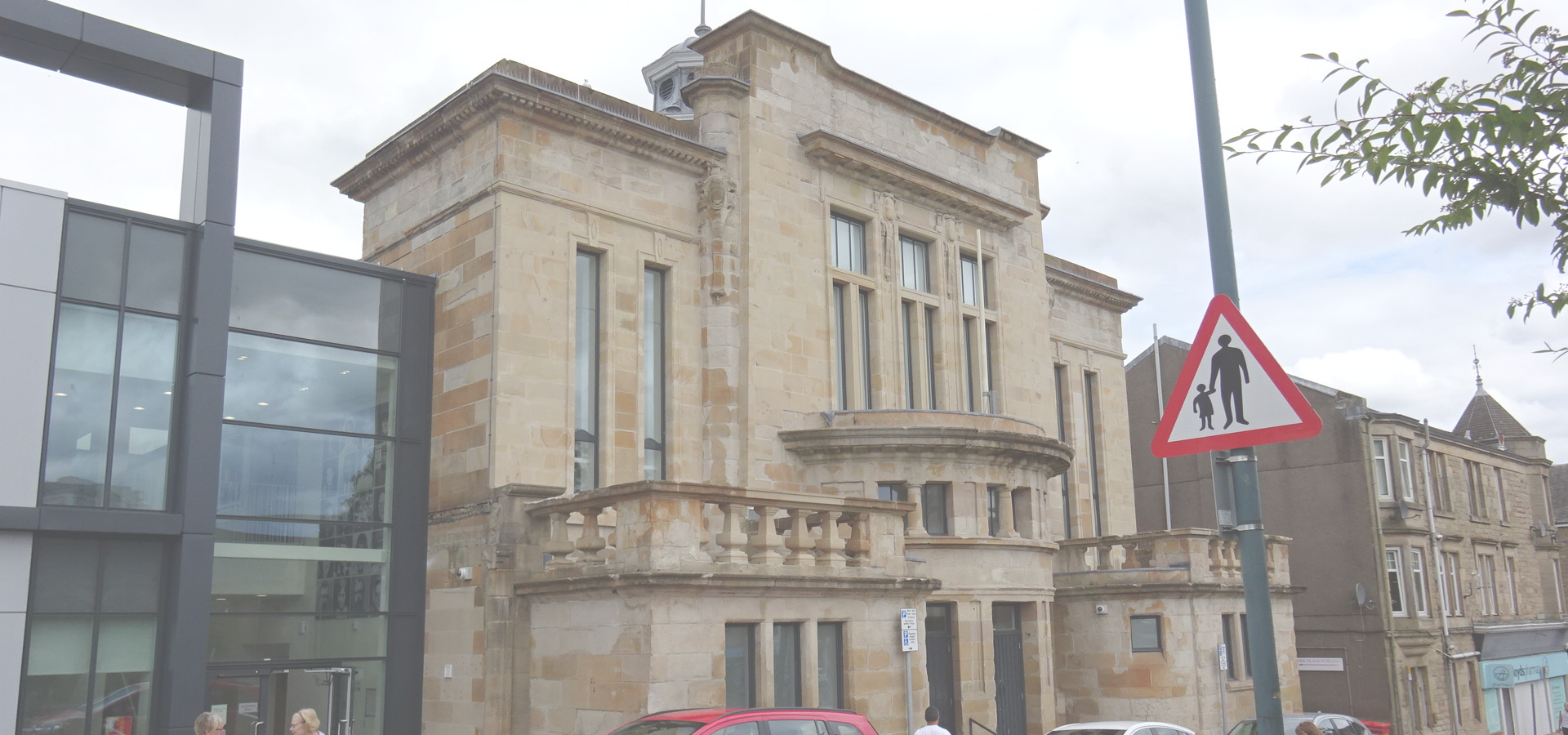🏴 Architect William Brown Whitie is associated with Bishopbriggs. He was President of the Royal Institute of Architects in Scotland (RIAS) in 1934-36.
Bishopbriggs, East Dunbartonshire, Scotland, United Kingdom
🏴 Bishopbriggs (Drochaid an Easbaig) is a town in East Dunbartonshire, Scotland. It lies on the northern fringe of Greater Glasgow, approximately 4 miles (6 km) from the city centre. Historically in Lanarkshire, the area was once part of the historic parish of Cadder - originally lands granted by King William the Lion to the Bishop of Glasgow, Jocelin, in 1180. It was later part of the county of Lanarkshire, and then an independent burgh from 1964 to 1975. Today, Bishopbriggs' close geographic proximity to Glasgow now effectively makes it a suburb and commuter town of the city. The town's original Gaelic name Coille Dobhair reflects the name of the old parish of Cadder, but modern Gaelic usage uses Drochaid an Easbaig, a literal translation of Bishopbriggs. It was ranked the 2nd most desirable postcode in Scotland to live in following a study by the Centre for Economic and Business Research in 2015 and 2016.
Kirkintilloch Town Hall, East Dunbartonshire

The East Dunbartonshire District has a population of over 108,330 people.
Twin Towns - Sister Cities Bishopbriggs has links with:
🇫🇷 Corbeil-Essonnes, France-
William Brown Whitie |
-
Hugh Martin |
🏴 Architect/Furniture Designer Hugh Martin is associated with Bishopbriggs. He was elected an Associate of the Royal Institute of British Archiects (ARIBA) in 1948.
-
Alexander Hood MacLeod |
🏴 Architect Alexander Hood MacLeod is associated with Bishopbriggs. He was elected a Licentiate of the Royal Institute of British Architects (LRIBA) in 1932.
-
George Andrew Paterson |
🏴 Architect George Andrew Paterson is associated with Bishopbriggs. He was elected a Licentiate of the Royal Institute of British Architects (LRIBA) in 1911.
